Why the Brain Is Programmed to See Faces in Everyday Objects
$ 27.99 · 4.5 (528) · In stock
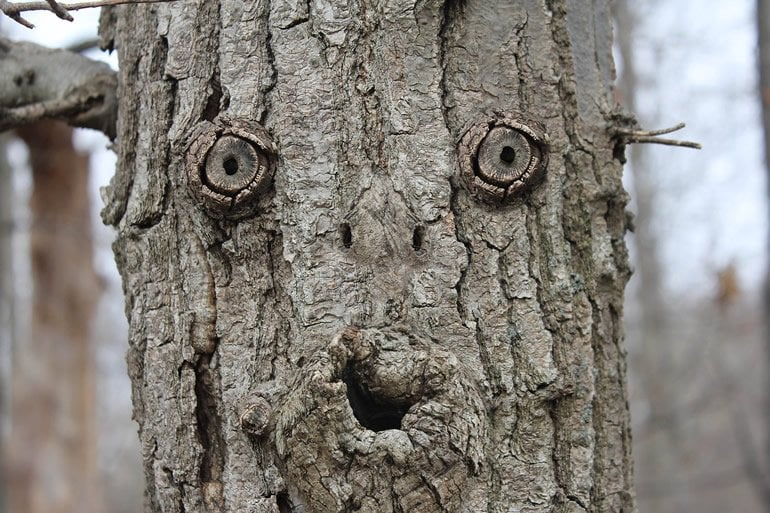
Face pareidolia, the phenomenon of seeing facelike structures in inanimate objects, is a perceptual phenomenon that occurs when sensory input is processed by visual mechanisms that have evolved to extract social content from human faces.
Neuroscience News provides research news for neuroscience, neurology, psychology, AI, brain science, mental health, robotics and cognitive sciences.

Neural Information Processing Project
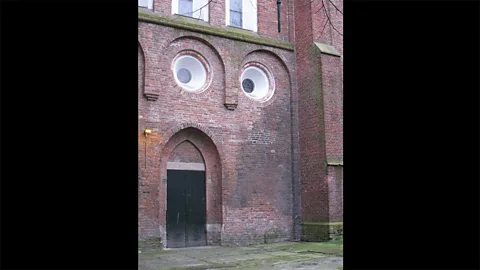
Neuroscience: why do we see faces in everyday objects?
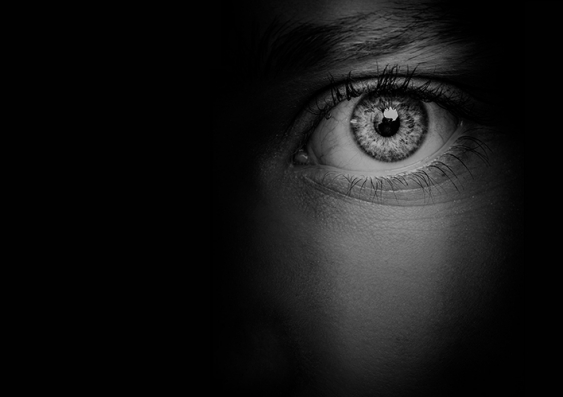
Good face recognisers can learn faces from fragments

How faces on ads make us watch, click, and buy”, by Wilson Komala

A Face Scavenger Hunt: Why We See Faces in Objects without Faces · Frontiers for Young Minds

Pareidolia - Wikipedia
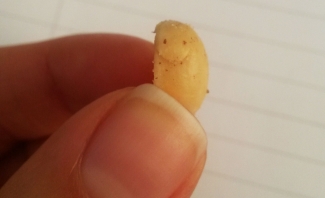
Pareidolia: The science behind seeing faces in everyday objects
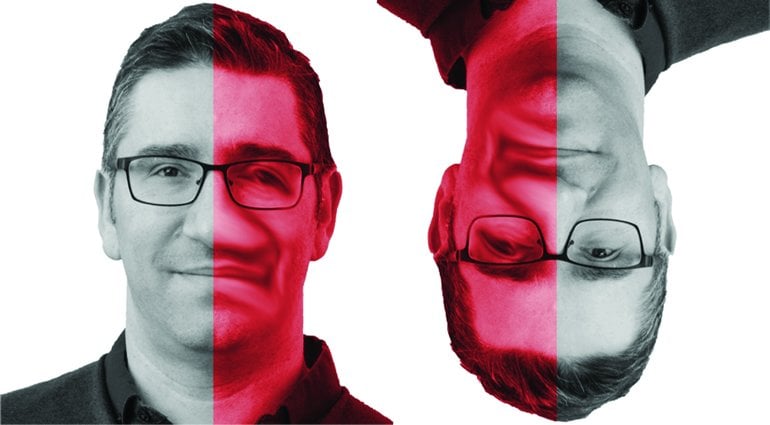
Visual Neuroscience News - Research Topics - Page 23 of 54 - Neuroscience News

How Pareidolia Can Be Used For Creative Photography
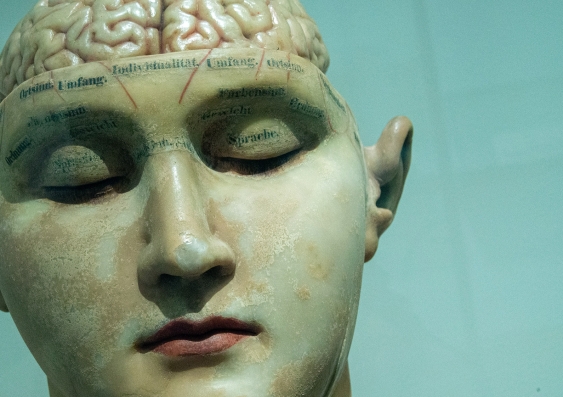
Why the brain is programmed to see faces in everyday objects
Study of face pareidolia reveals gender bias in the way we see faces in everyday objects - ABC News
How faces on ads make us watch, click, and buy”, by Wilson Komala
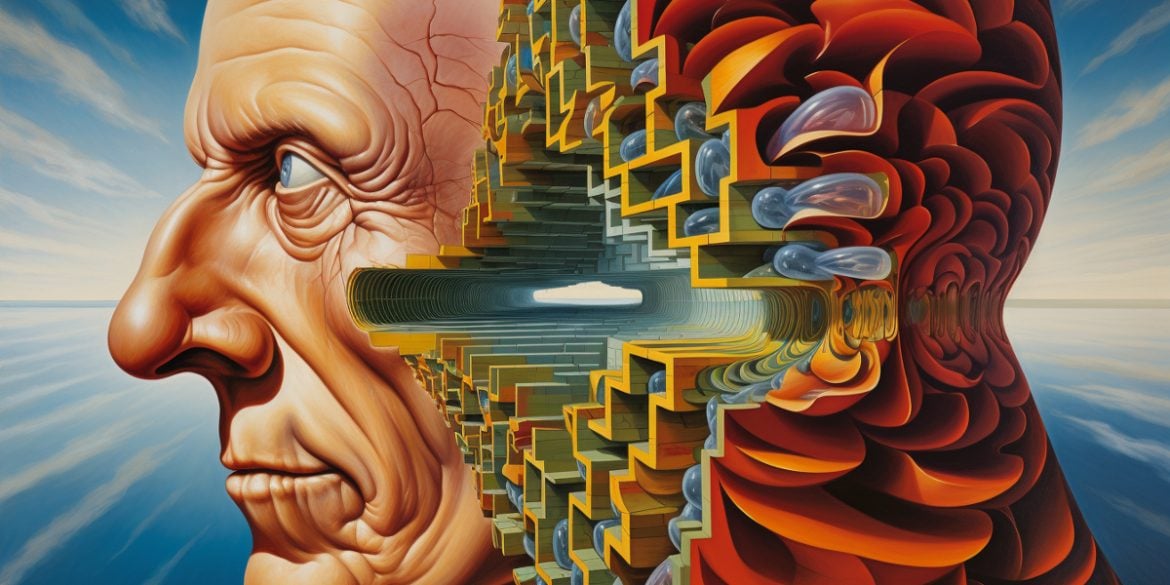
visual illusions News Research Articles
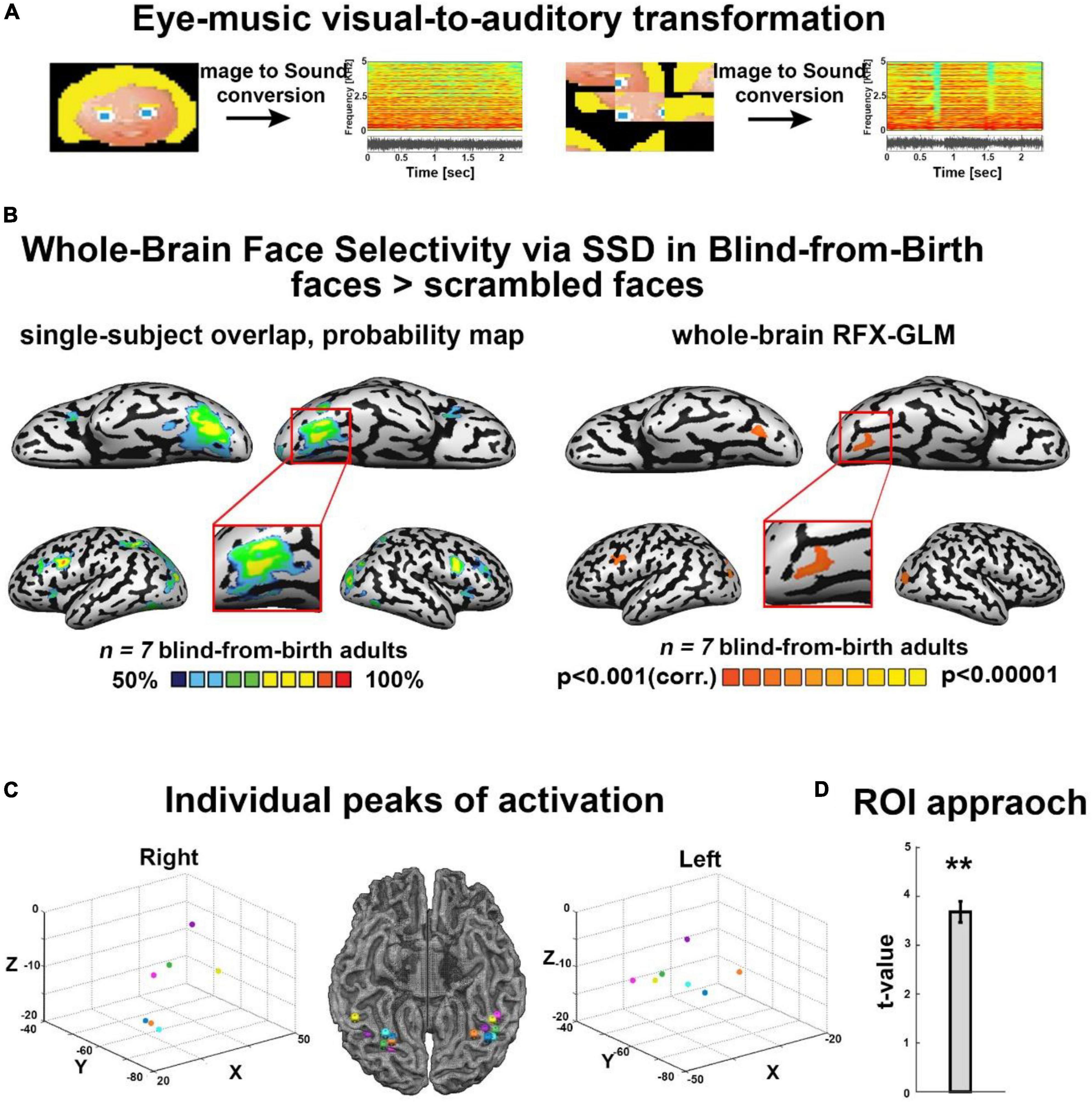
Frontiers Face shape processing via visual-to-auditory sensory substitution activates regions within the face processing networks in the absence of visual experience

Why We See 'Human Faces' in Objects Sometimes